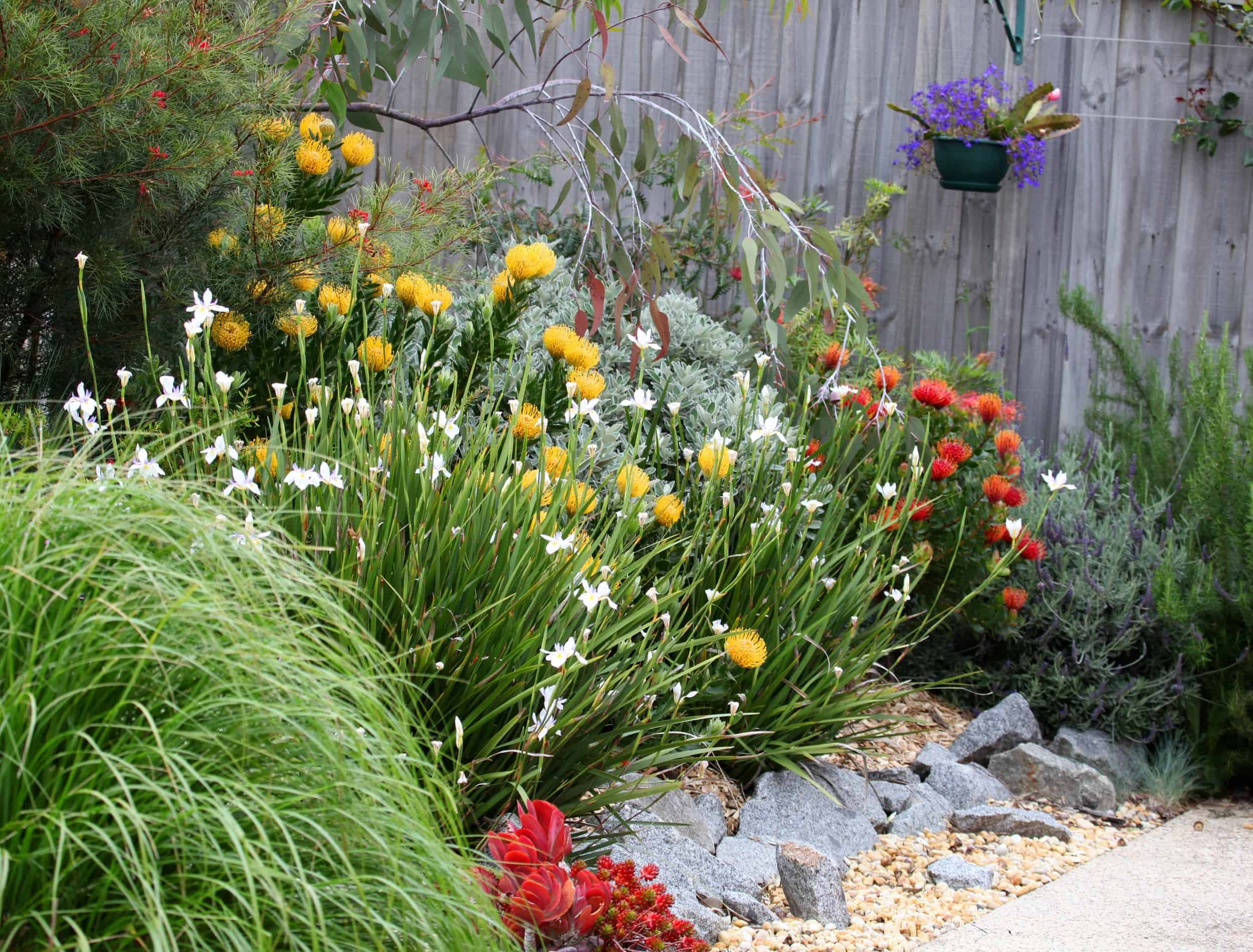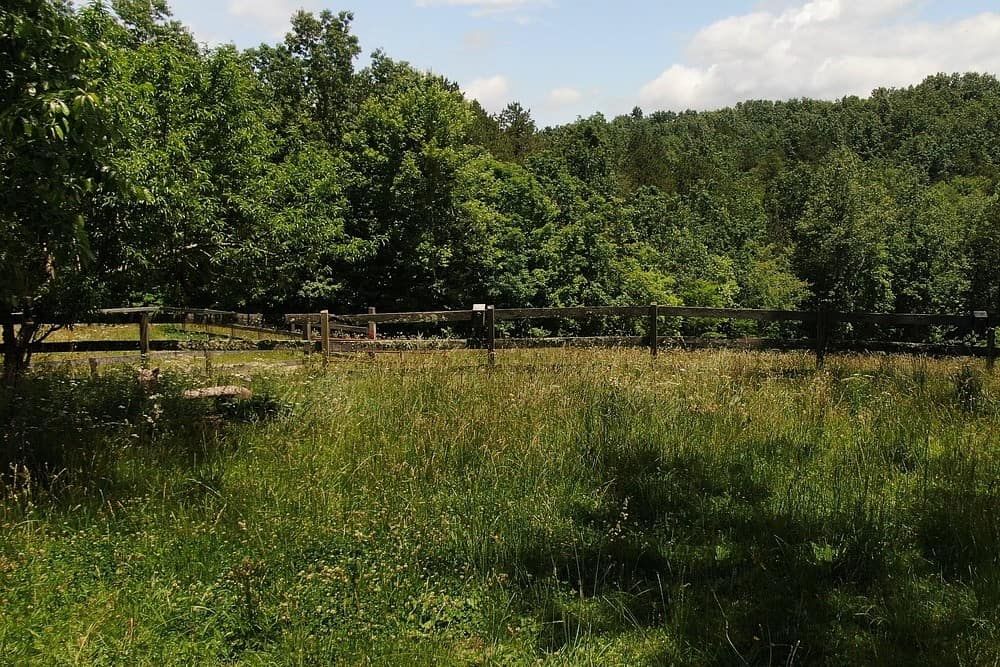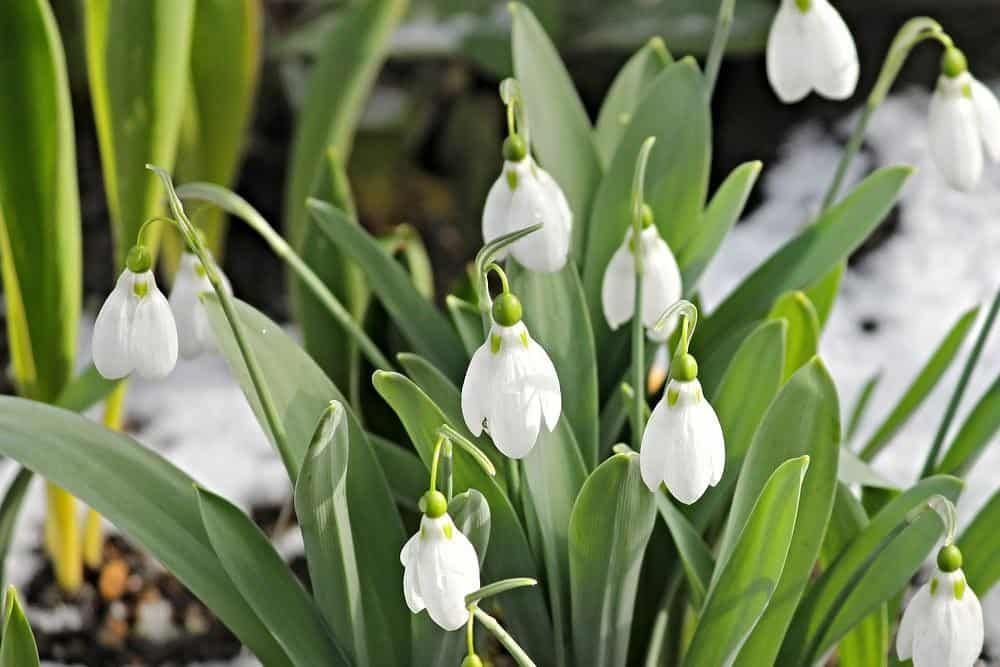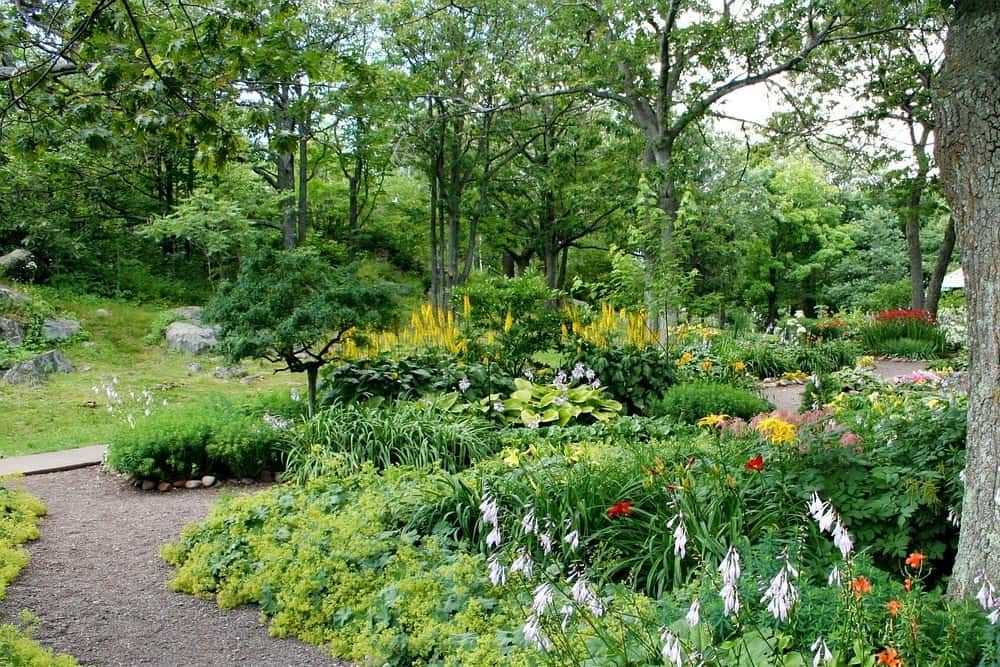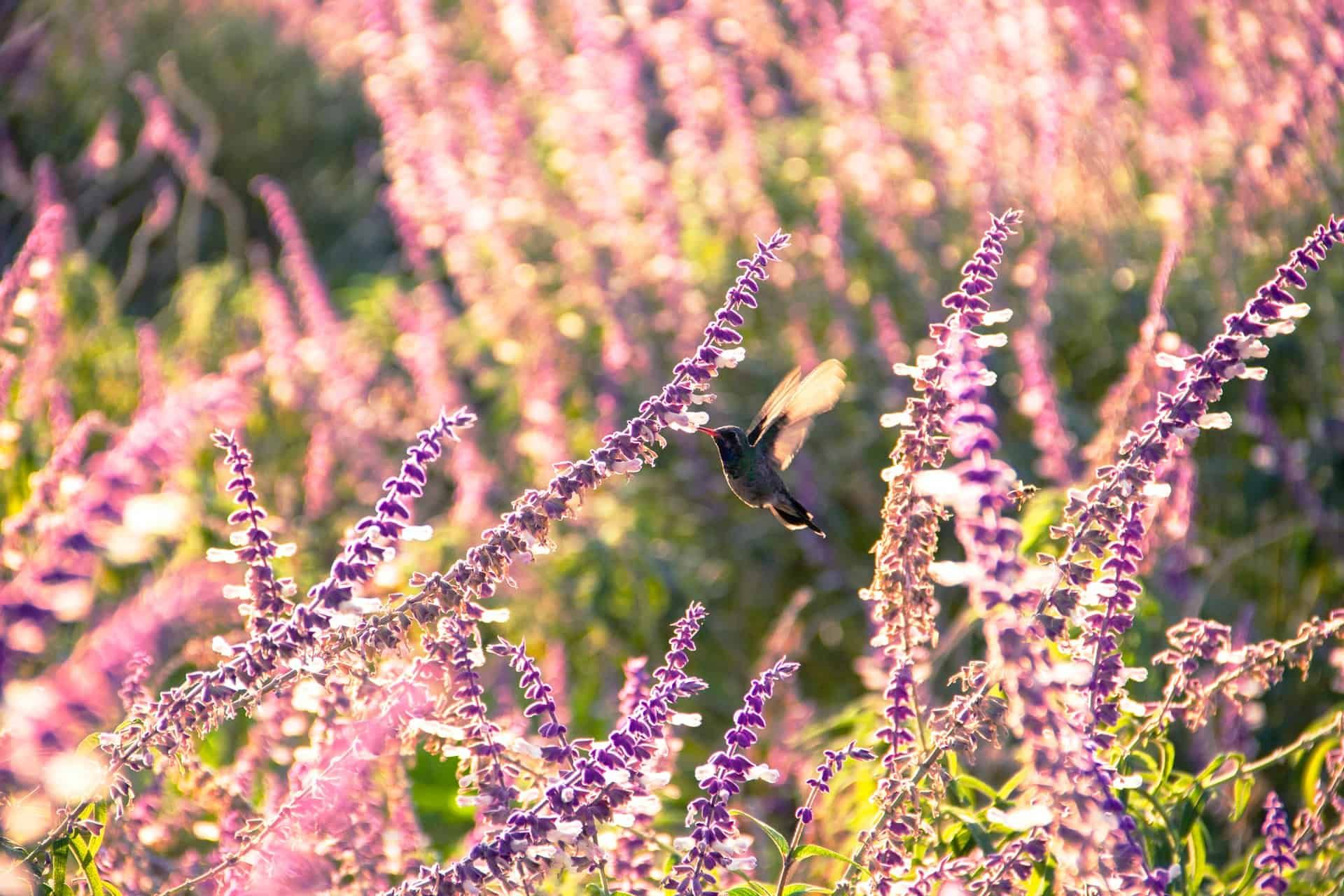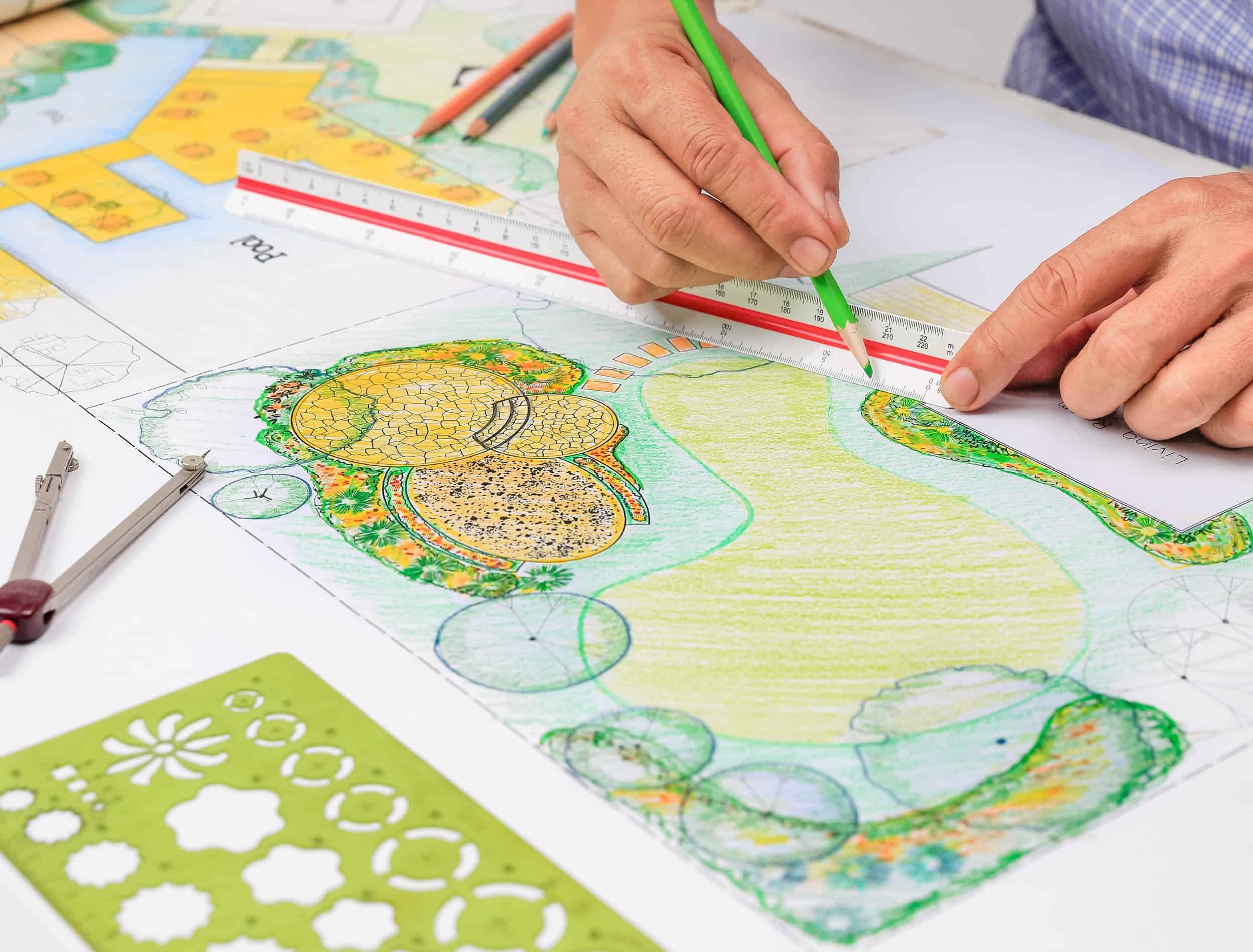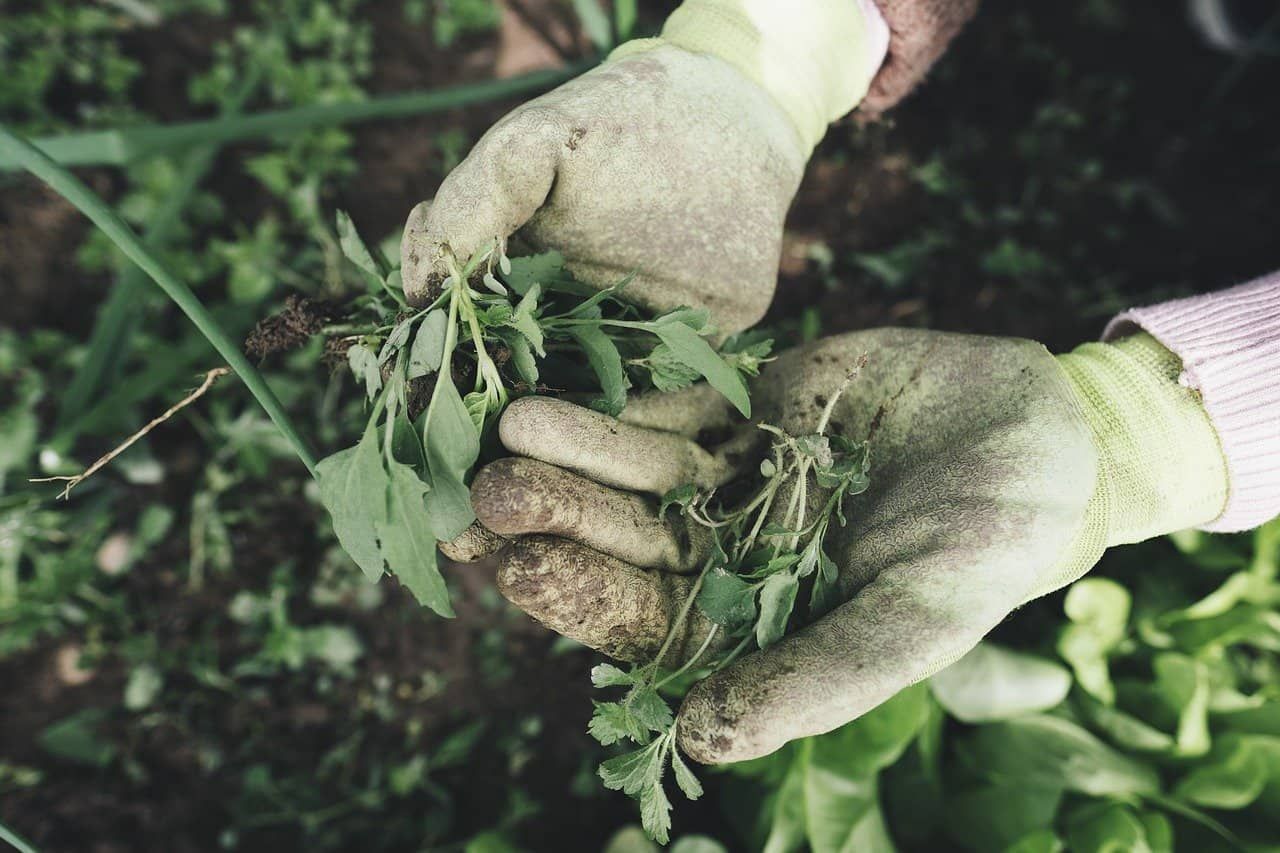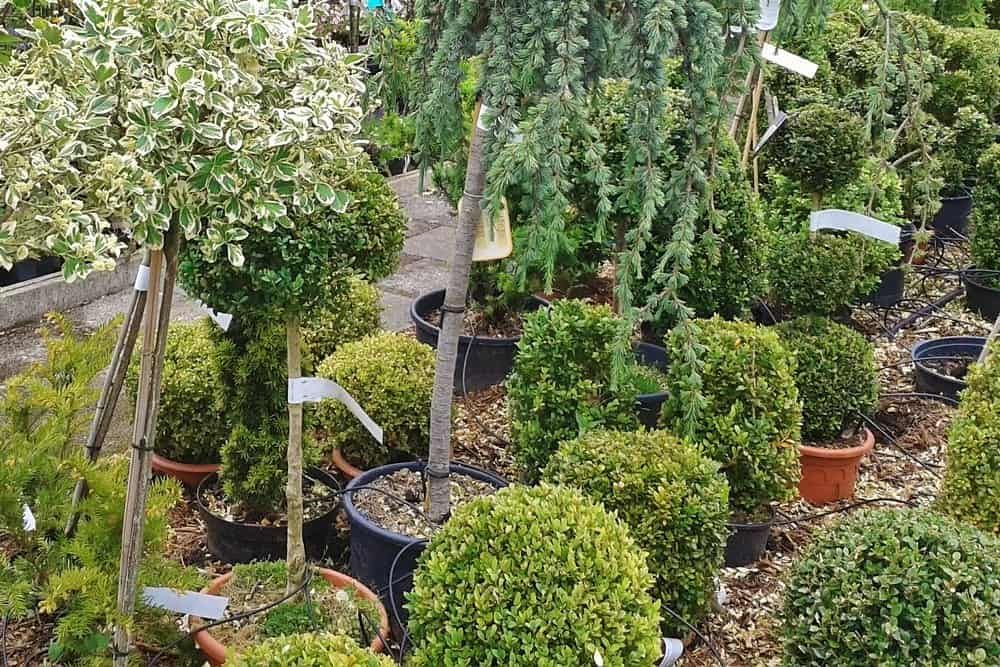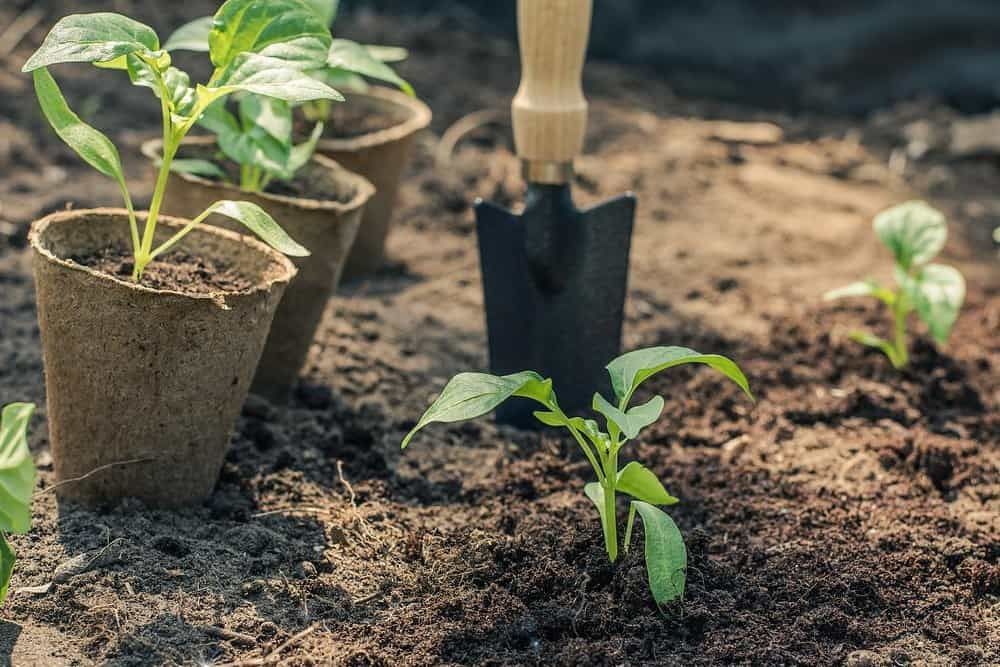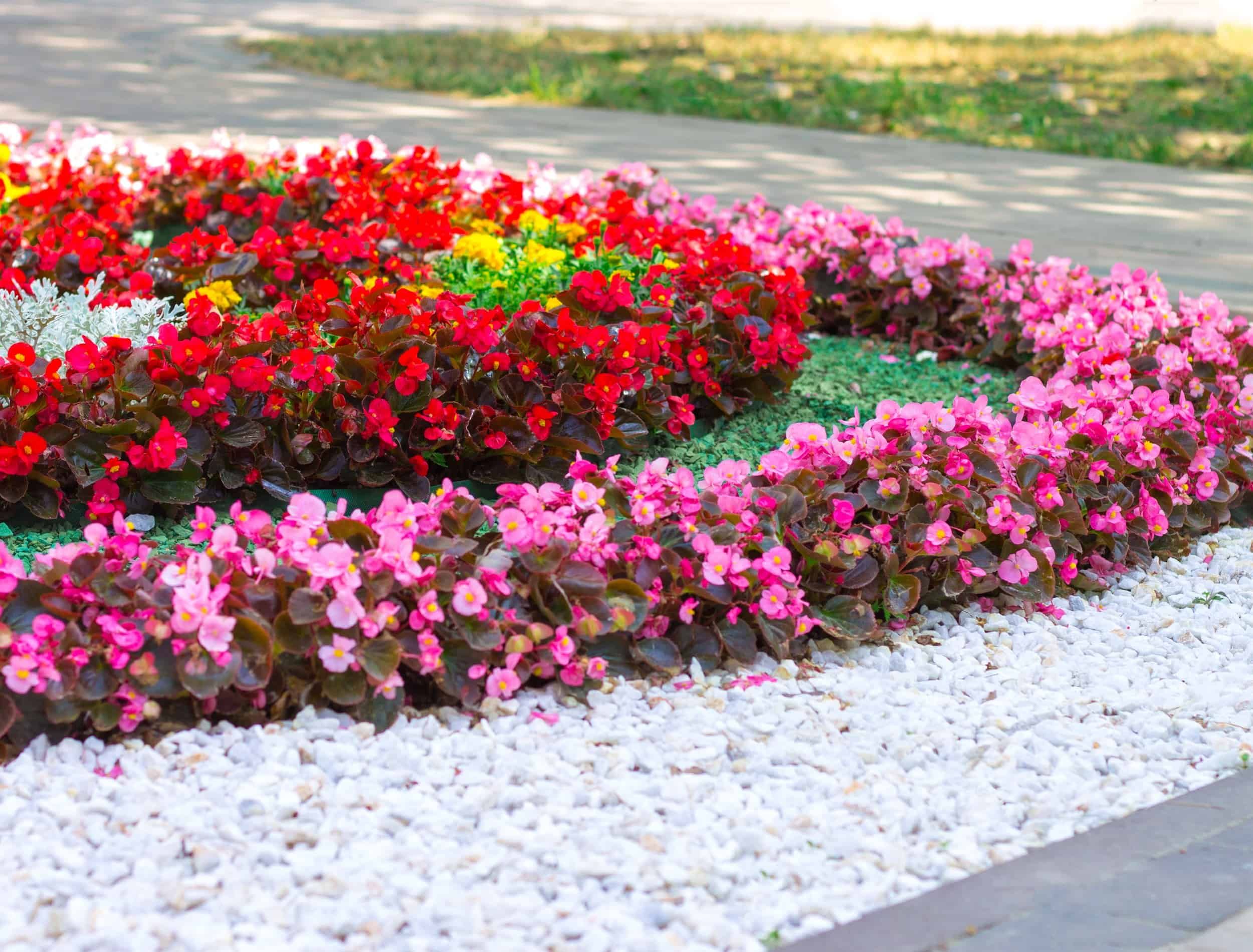Planting a native garden is a great low-maintenance option for gardeners of all levels. Native plants thrive in their natural habitats since they are better adapted to the local climate. Many native species are more tolerant of drought and pests and therefore require less watering and pesticide use.
A native garden enhances the natural ecosystem, promoting garden health and longevity. Incorporate native trees, shrubs, wildflowers, grasses, and other ground-covers to enjoy the many benefits of native gardening!
A Step-by-Step Guide to Creating a Native Garden
1. Evaluate Your Landscape
Image Credits: musclemac via Pixabay
The first step to creating a native garden is to familiarize yourself with your backyard landscape and climate. Look around to discover any native plants that may already be thriving in your yard space. If you're starting from scratch, do some research on plant species that may have previously existed on your property.
Determine whether you're planting in full sun or shady environments. The amount of sunlight received greatly impacts the types of plants that thrive in certain areas of your backyard.
Next, check out your soil. Is it a dense, water-retaining clay soil or a well-draining sandy mix? While you can amend poor soil in your yard, many native species thrive in pre-existing conditions. Perform a DIY soil test if your soil consistency is difficult to determine.
2. Source Native Species for Seasonal Interest
Image Credits: manfredrichter via Pixabay
Once you've determined your planting environment, match your plants to your particular climate. Native gardens provide all-season appeal when planned correctly.
Start a list of native spring, summer, and fall-blooming species. Determine how native plants look as they weather through the seasons and so you can tell when they need a boost. Utilize plants with long blooming periods or decorative foliage that remains after flowers are spent. Plants that produce colorful seed-heads after flowering are great for winter appeal!
3. Use Color, Texture, and Foliage Variety
Image Credits: JamesDeMers via Pixabay
When envisioning a garden space, it is important not to forget perennial shrub, tree, or grass options. Flowering shrubs make great space-fillers and natural privacy screens, while the bark of trees adds interesting texture to your space. Native grasses or ground covers look beautiful in the space between focal plants.
Come up with a color scheme that matches your home and surrounding landscape. Adding splashes of color among white flowers or green foliage is a great way to make your garden pop!
4. Plant for Pollinators
Image Credits: Isabel Herrera via Unsplash
Turn your backyard into a pollinator-friendly environment for consistent garden health and prosperity! As all gardeners know, flowering plants require pollination for fruition.
Nectar-rich flowers attract hummingbirds and butterflies to your backyard space and lants that produce berries in late summer or early fall entice birds migrating south for the winter. Planting for pollinators not only benefits your plants but also transforms your yard into a wildlife haven. Native trees, shrubs, flowers, and foliage provide habitats, nourishment, and predator protection for your beautiful pollinator friends!
Add a simple water feature to give songbirds a place to drink and bathe. Keep your water feature clean and watch how the glint and sound of running water attracts creatures and entices them to return throughout the seasons.
5. Map it Out
Image credit: Toa55 via Shutterstock
Once you have some plant ideas in mind, the next step is to map out appropriate locations. Create a simple drawing of your space, noting sunlight conditions and where soil drainage might be poor. Then begin your native garden design!
There are a few simple rules to keep in mind when planning a garden for maximum eye appeal. The first is planting similar plants in clusters of odd numbers. Plant fillers around focal points to draw the eye and create an intentional look. This is where some nice pops of colorful plants really shine! Include decorative foliage around flowering plants to keep the appeal even after blooming season.
It is important to keep in mind how tall your plants will grow when fully matured. Plan according so you don't end up blocking the view of other plants in your garden!
You can also utilize the rocks on your property as focal points or as rock gardens!
6. Eradicate Weeds
Image Credits: photoAC via Pixabay
Before you begin planting, eradicate any weeds that are growing in your garden. This eliminates the competition for space and nutrients as you plant your new babies. Additionally, you will know where to look when it comes to your next weeding session.
7. Pay Attention to Plant Tags
Image Credits: cocoparisienne via Pixabay
Plant tags that come on newly-purchased specimens provide useful information on soil, light, water, and spacing requirements. This information helps you group plants with similar needs together. Things to look out for when planting different foliage together include watering instructions, soil preferability, and light requirements.
While a species may indeed be native to your location, that doesn't necessarily mean it can thrive just anywhere.
Noting the appropriate time of year for planting is also key. Generally, planting is done in the wetter, cooler months of the year.
8. Plant Seedlings for Visual Aid
Image Credits: Miller_Eszter via Pixabay
Planting from scratch is difficult when you're trying to create a cohesive look. Therefore, choose seedlings over seeds for some extra help! By planting seedlings you'll still enjoy nurturing your plants to maturity without as much guesswork about the final result. This also enables you to space your plants appropriately and immediately show off your handy work!
9. Edge Your Gardens
Image credit: E.Va via Shutterstock
While native gardens tend to have a more natural, wild look, that may not be the aesthetic you're going for. To create an organized, uniform look, edge around your garden beds with materials such as wood, stone, or brick. Edging is a great way to make even a wildflower garden look polished!
Native Garden At Last!
Native gardening is a great way to support your local environment giving your plants the best opportunity for survival. Already adapted to the climate and landscape, native species thrive when given proper care.
The end result is an easier-to-maintain garden space that blends in seamlessly with the surrounding landscape! Let us know what tips and tricks you used in the comments below!

